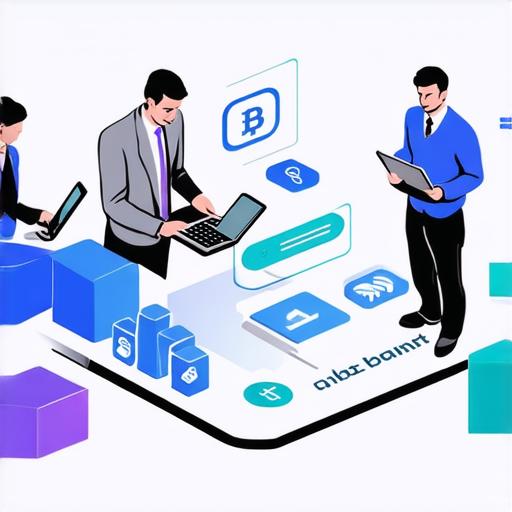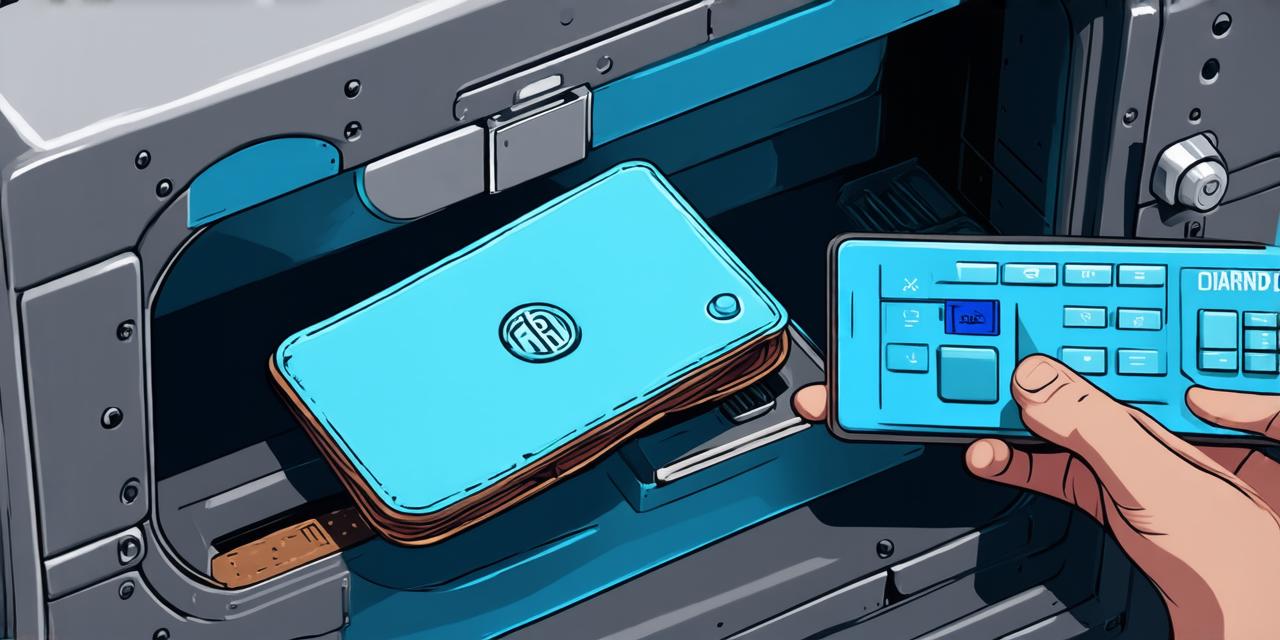Blockchain technology is revolutionizing the way financial transactions are conducted and recorded. With its decentralized and secure nature, blockchain is becoming an increasingly popular choice for businesses and individuals looking to streamline their operations and enhance security.
One of the key benefits of blockchain technology is its ability to facilitate the linking of bank accounts in a secure and efficient manner. In this comprehensive guide, we will explore the various methods for linking your bank account using blockchain technology, as well as the advantages and disadvantages of each approach.
Method 1: Direct Bank-to-Bank Transfers
Direct bank-to-bank transfers are one of the most popular methods for linking bank accounts using blockchain technology. This method involves creating a digital wallet that is connected to both your sending and receiving bank accounts. By linking your bank accounts through this digital wallet, you can easily send and receive payments in real-time without the need for intermediaries like banks or payment processors.
One of the key advantages of direct bank-to-bank transfers is their speed and efficiency. With blockchain technology, transactions can be completed in a matter of seconds, making it an ideal choice for businesses that require fast and reliable payments. Additionally, direct bank-to-bank transfers are highly secure, thanks to the decentralized nature of blockchain technology. Since there is no central authority controlling the network, there is a significantly lower risk of fraud or hacking.
However, one disadvantage of direct bank-to-bank transfers is that they require both parties to have access to a digital wallet. This can be a barrier for individuals who do not have access to these tools, or who are wary of using them due to concerns about security.
Method 2: Stablecoins
Stablecoins are another popular method for linking bank accounts using blockchain technology. These are cryptocurrencies that are pegged to a stable asset, such as the US dollar, in order to mitigate price volatility. By holding a stablecoin, you can effectively convert your bank account balance into a digital currency that can be used for online transactions without the risk of significant fluctuations in value.
One advantage of using stablecoins is their wide acceptance, with many major retailers and service providers now accepting these cryptocurrencies as payment. Additionally, stablecoins offer greater privacy than traditional bank transfers, as they do not require you to reveal your personal banking information in order to use them.
However, one disadvantage of using stablecoins is that they are subject to regulatory risks. In some countries, stablecoins are classified as securities and are subject to strict regulations that can limit their use. Additionally, stablecoin exchanges have been the target of hacks and other security breaches in the past, which can put your funds at risk.
Method 3: Peer-to-Peer Transactions
Peer-to-peer (P2P) transactions are another method for linking bank accounts using blockchain technology. In this approach, two individuals or businesses conduct a transaction directly with each other, without the need for intermediaries like banks or payment processors. By using P2P transactions, you can bypass the high fees and long processing times associated with traditional banking methods.
One advantage of P2P transactions is their speed and efficiency. With blockchain technology, transactions can be completed in a matter of seconds, making it an ideal choice for businesses that require fast and reliable payments. Additionally, P2P transactions offer greater privacy than traditional bank transfers, as they do not require you to reveal your personal banking information in order to use them.
However, one disadvantage of using P2P transactions is the risk of fraud or scams. Since there is no central authority controlling the network, it can be more difficult to verify the identity and legitimacy of other users. Additionally, P2P transactions are subject to regulatory risks in some countries, where they may not be recognized as a legitimate form of payment.
FAQs

Q: What is blockchain technology?
A: Blockchain technology is a decentralized, secure digital ledger that records and verifies transactions on a peer-to-peer network. It is designed to eliminate the need for intermediaries like banks or payment processors, making it an ideal choice for businesses and individuals looking to streamline their operations and enhance security.
Q: How do I link my bank account using blockchain technology?
A: There are several methods for linking your bank account using blockchain technology, including direct bank-to-bank transfers, stablecoins, and peer-to-peer transactions. The method that works best for you will depend on factors such as the type of transaction you need to make, the level of security and privacy you require, and your access to digital wallets or other tools.
Q: What are the advantages of using blockchain technology to link my bank account?
A: Some of the key advantages of using blockchain technology to link your bank account include speed and efficiency, enhanced security, and greater privacy. Additionally, blockchain technology can eliminate the need for intermediaries like banks or payment processors, making it an ideal choice for businesses and individuals looking to streamline their operations and enhance security.
Q: What are the disadvantages of using blockchain technology to link my bank account?
A: Some of the key disadvantages of using blockchain technology to link your bank account include the need for access to digital wallets or other tools, the risk of fraud or hacking, and regulatory risks in some countries. Additionally, stablecoin exchanges have been the target of hacks and other security breaches in the past, which can put your funds at risk.
Conclusion
Blockchain technology is revolutionizing the way financial transactions are conducted and recorded. With its decentralized and secure nature, blockchain is becoming an increasingly popular choice for businesses and individuals looking to streamline their operations and enhance security. One of the key benefits of blockchain technology is its ability to facilitate the linking of bank accounts in a secure and efficient manner. In this comprehensive guide, we have explored the various methods for linking your bank account using blockchain technology, as well as the advantages and disadvantages of each approach. While there are risks associated with using blockchain technology to link your bank account, the benefits of speed, security, and privacy make it an attractive option for businesses and individuals alike. As the adoption of blockchain technology continues to grow, we can expect to see even more innovative solutions emerge that will further enhance our ability to conduct financial transactions in a secure and efficient manner.
